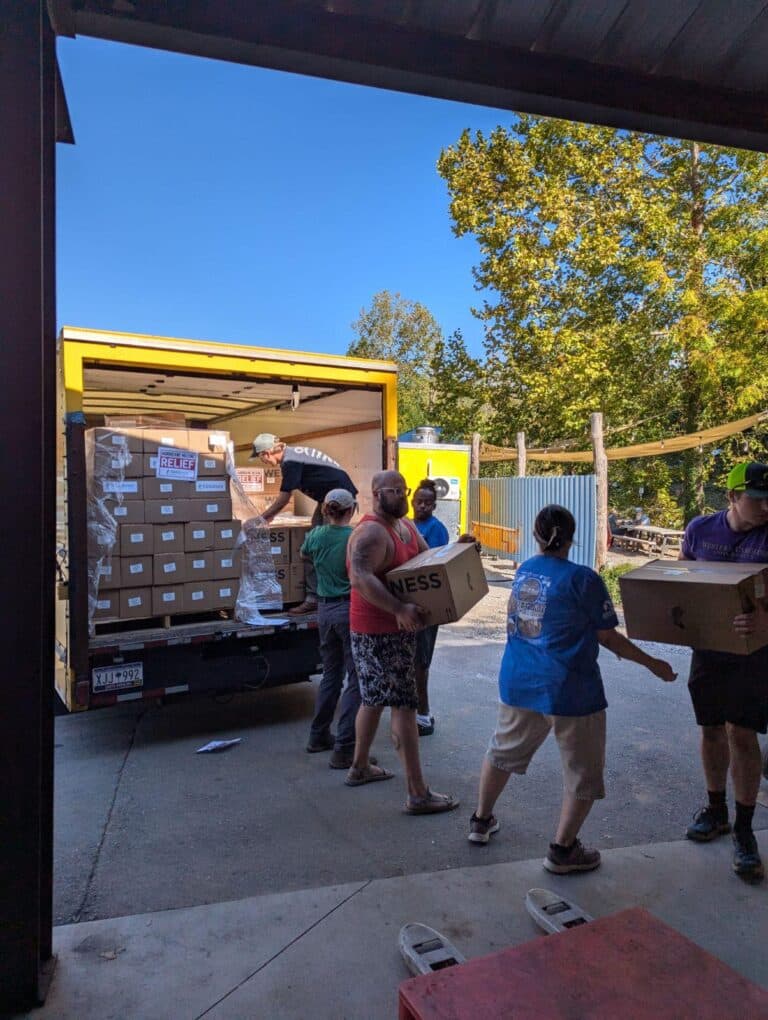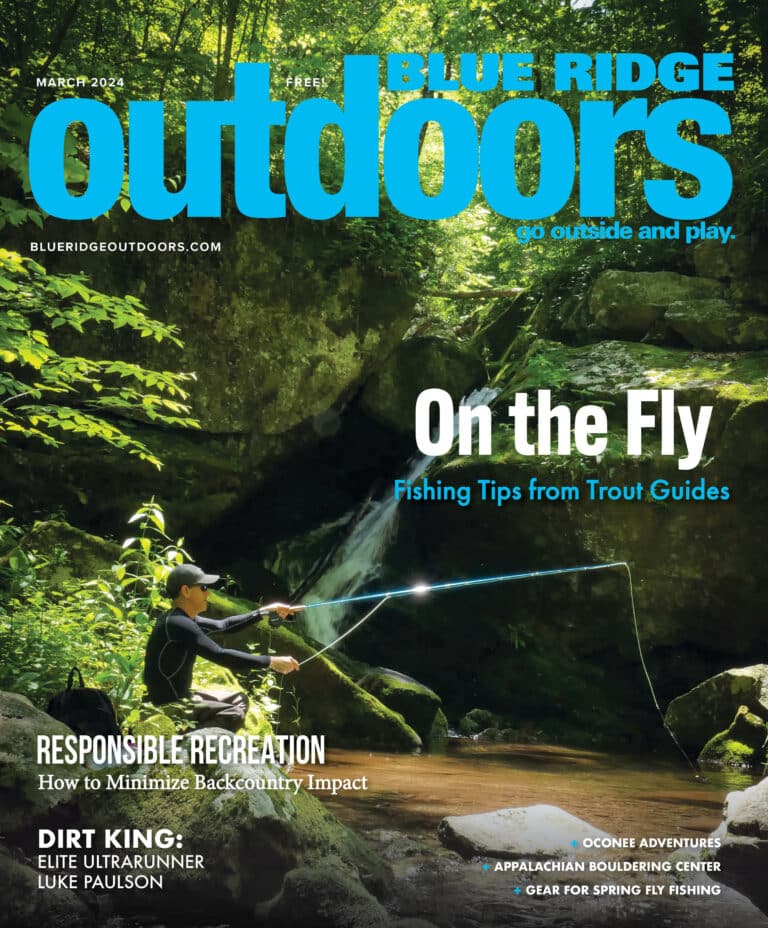Dear EarthTalk: How does growing human population, and its resultant landscape changes, affect the flight paths of migratory birds that might carry diseases? — Ronnie Washines, Toppenish, WA
As human population numbers grow, oceans of people seem to spread out into every conceivable environment—even the forests and estuaries used for eons by migratory birds as nutrient-rich stopovers on their longer annual journeys between feeding areas and birthing grounds.
Of course, more human development means fewer habitats suitable for such birds of passage (and other wildlife) as we “pave paradise…” and put up parking lots. But tired and hungry birds may not have the wherewithal or instinctual coding to seek out alternative resting areas, so they make do with habitat crowded and compromised by human incursion. Close proximity to avian life hasn’t presented too big of a problem for people in the past, but new concerns about the spread of bird flu (the H5N1 virus) via infected migratory birds (which presumably infect local populations of domestic birds) does have some scientists worried that persistent human expansion could indirectly lead to a disease pandemic of global proportions.
According to the World Health Organization (WHO), the role of migratory birds in spreading bird flu is not well understood, but we do know that wild waterfowl are a “natural reservoir” of mostly harmless H5 and H7 influenza A viruses. But recent research suggests that these viruses may be mutating into more “pathogenic” (disease producing) forms, such as H5N1 that can “jump the species barrier” and infect people and other animals. “Recent events make it likely that some migratory birds are now directly spreading the H5N1 virus in its highly pathogenic form,” reports WHO, adding that further spread to new areas is expected. It is unlikely that the bird flu making headlines a few years ago (the H5N1 strain), could lead to a human pandemic. The vast majority who got sick had direct contact with infected birds.
It could be that the very sprawl that increases our chances of catching bird flu—by bringing us and our poultry farms into closer contact with disease-bearing migratory birds—will protect us in the end. Humans have greatly altered the landscape for agricultural and industrial purposes and in creating urban settlements, points out wildlife biologist Kevin Kenow of the U.S. Geological Survey’s Upper Midwest Environmental Sciences Center. As such, it contains less of the kinds of habitat migrating birds prefer—wetlands, forests and prairies—and more of what adversely affects them, such as human development, urban and agricultural runoff, and other forms of habitat degradation. “Many migratory birds that once flourished are now absent in altered or degraded areas,” he says.
Regardless of the risk, scientists have yet to develop a vaccine to protect against H5N1 in humans, but they are working on it. Those who remain concerned should always cook poultry to a temperature of at least 158 degrees Fahrenheit for 30 minutes (this heat kills the virus if it is present) and wash hands with soap and warm water frequently (always a good idea regardless). And look both ways before crossing the street: At present, at least, your chances of getting hit by a car are far greater than your chances of contracting bird flu.
CONTACTS: World Health Organization, www.who.int; U.S. Geological Survey’s Upper Midwest Environmental Sciences Center, www.umesc.usgs.gov.
SEND YOUR ENVIRONMENTAL QUESTIONS TO: EarthTalk®, P.O. Box 5098, Westport, CT 06881; [email protected]. Read past columns at: www.emagazine.com/earthtalk/archives.php. EarthTalk® is now a book! Details and order information at: www.emagazine.com/earthtalkbook.







